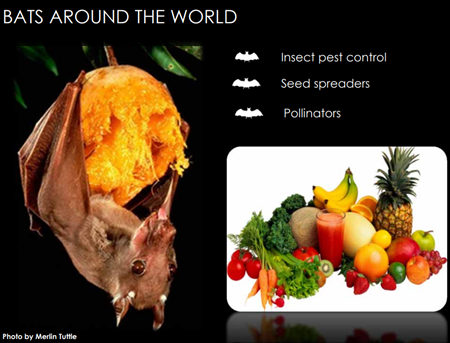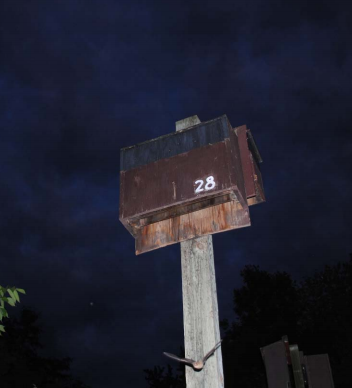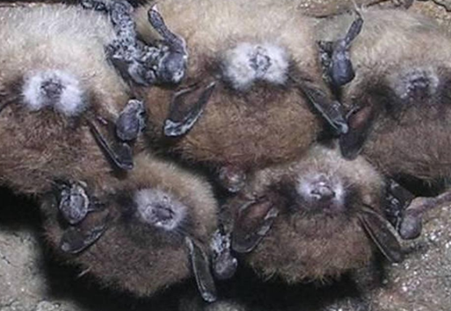Click below to listen to my 2 min. Garden Bite radio show: Desperate to save the bats
I just recently talked about how awesome bats are in terms of eating those nasty mosquitoes. That’s not all they do, munching on our backyard bloodsuckers.
Their impact has far reaching implications including crops and environment. There is a recent article in the StarTribune paper on the plight of four native species in the Upper Midwest. (Sorry if you don’t have a subscription, you won’t be able to read the article) In fact, researchers have given up their annual December bat count…

I’ve mentioned White-Nose syndrome before, but now, we’re staring down absolute devastation of the little brown bat, northern long-eared bat, tri-colored bat and big brown bat. Click on the link from the MN DNR for more on these bats. More on bats of Wisconsin (they’re the same ones but tri-colored is more prevalent)


That’s a lot of munching on crop damaging moths every night.

This also has a major impact on local economies as the crops are damaged. Think of the increased pesticides that may be used if scientists and other people smarter than me, can’t figure out what to do. Well, they ARE working on it.
The DNR is placing its hopes on artificial bat houses and boxes for the state’s hibernating species. This Spring they’ll see if it works. The point of this is to get them out of the caves where the fungal disease is living and killing the bats. Making a bathouse – Wis. DNR

What happens is the bats get the disease inside the caves and then spend their energy during hibernation trying to lick it off their noses and wings, wasting energy and then needing food and finding none in the dead of winter. And then dying. The hope is to attract them OUT of the cave to hibernate elsewhere. Right now, scientists can’t figure out how to get rid of the fungus.

White-nose syndrome was discovered in Minnesota in 2015, since then they believe the disease has killed more than 90% of the bat population. Scientists continue to work on a treatment for the disease that was first discovered in New York in 2007 and continues to be on the move. It’s estimated that more than 6 million bats have been killed in 33 states and Canada. And there’s no sign of slowing down.
Other resources for building bat houses:
